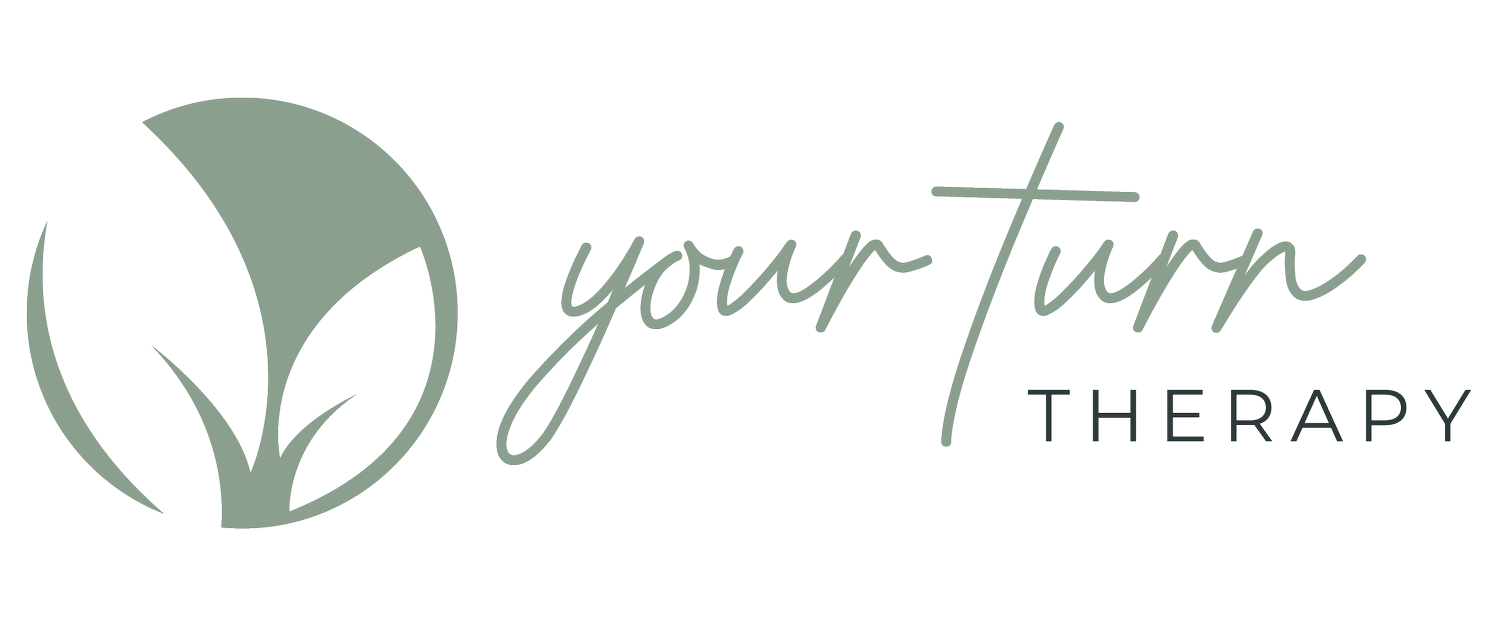Healing from Family Dysfunction
Family dynamics can be complex, and when dysfunction seeps into the fabric of family life, it can leave lasting scars. Whether it’s due to toxic relationships, unresolved conflicts, or a lack of communication, the impact can ripple through generations. However, with therapy, healing is possible. Here are some insights and strategies to guide you on your journey toward recovery and wholeness.
Understanding Family Dysfunction
Family dysfunction manifests in various forms, such as:
Poor Communication: Misunderstandings and lack of expression can create distance.
Control Issues: Dominance by one or more family members can stifle individuality.
Emotional Abuse: Criticism, neglect, or manipulation can lead to low self-esteem.
Enmeshment: Over-involvement in each other’s lives can hinder personal growth.
Recognizing these patterns is the first step toward healing. It’s important to understand that dysfunction often stems from a lack of awareness, tools, or support rather than malice.
Steps to Healing
1. Acknowledge Your Feelings
Healing begins with recognition. Allow yourself to feel the pain, anger, and sadness that come from your experiences. Journaling can be a powerful tool for processing these emotions. Write down your thoughts, fears, and hopes—this will help you articulate what you’ve been through and clarify what you want for the future.
2. Establish Boundaries
Setting boundaries is crucial for protecting your emotional well-being. Decide what behaviors you will accept and what you won’t. Communicate these boundaries clearly to your family members, and remain firm in enforcing them. It’s okay to prioritize your mental health.
3. Seek Support
Healing from family dysfunction can be a daunting process, and you don’t have to do it alone. Consider reaching out to a therapist or counselor who specializes in family dynamics. Support groups can also provide a sense of community and understanding from those who share similar experiences.
4. Educate Yourself
Understanding the psychology behind family dysfunction can empower you. Read books or attend workshops about family systems, communication strategies, and emotional intelligence. Knowledge can help you break the cycle of dysfunction and foster healthier relationships.
5. Practice Self-Compassion
Be gentle with yourself. Healing is not linear; it’s okay to have setbacks. Celebrate your progress, no matter how small, and practice self-care regularly. Engage in activities that bring you joy, whether it’s art, exercise, or spending time in nature.
6. Focus on the Future
While it’s important to process past experiences, try not to get stuck in them. Set goals for your personal growth and envision the type of family relationships you want in the future. Work towards building a supportive network of friends and loved ones who uplift you.
Embracing New Patterns
As you heal, you’ll begin to notice shifts in your relationships. Embrace these changes and allow yourself to build new, healthier patterns. Remember, healing is a journey, not a destination. Each step you take contributes to a stronger, more resilient you.
Conclusion
Healing from family dysfunction requires courage, commitment, and compassion—both for yourself and your family. While it may feel overwhelming at times, remember that you have the power to create a brighter future. By acknowledging your experiences, setting boundaries, seeking support, and focusing on personal growth, you can break free from the cycle of dysfunction and build a healthier, more fulfilling life.
You are not alone on this journey; every step you take brings you closer to healing and wholeness.
